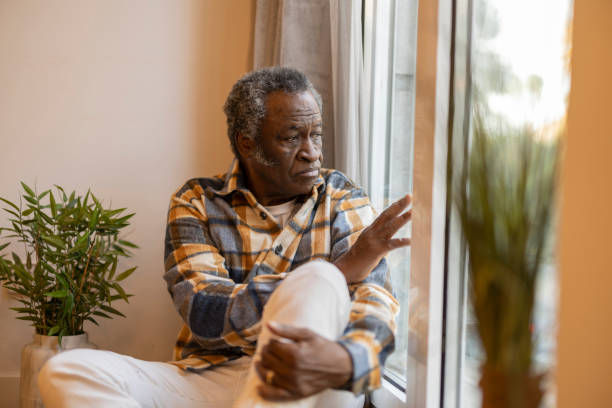Determining whether it is safe to leave an elderly person alone requires careful consideration of various factors, including their physical health, mental state, and the environment in which they live. Aging invariably brings changes that can affect one’s ability to manage independently.
While many seniors lead active and self-sufficient lives, others may face challenges that could compromise their safety when alone. In this context, evaluating both the risks and supports available becomes crucial to making informed decisions that prioritize the well-being and autonomy of the elderly.
This blog post will explore the question, “Is it safe to leave an elderly person alone?” and provide insights into important considerations that can help you determine the answer for your specific situation.
Contents
Physical Health Considerations
The physical health of an elderly person is a key factor in determining whether they can be safely left alone. Chronic conditions such as heart disease, diabetes, or dementia can significantly impact their ability to care for themselves and navigate everyday tasks. Injuries or recent surgeries may also limit mobility and require additional assistance.
If an elderly person is experiencing declining health, they may need more frequent check-ins and support from caregivers or family members. It’s important to assess the level of care required and have a plan in place to ensure their safety when alone.
Mental State Considerations

Mental health is another crucial aspect to consider when determining whether it is safe to leave an elderly person alone. Conditions such as depression, anxiety, or cognitive impairment can make an individual more vulnerable and unable to make sound judgments in emergencies.
It’s essential to take note of any changes in behavior or mood that may indicate the need for additional support. Frequent communication with your loved one can also help identify any potential risks or concerns that may arise.
Environmental Considerations
The environment in which an elderly person lives can greatly impact their safety when alone. Factors such as accessibility, home modifications, and emergency response systems should be evaluated to ensure their well-being.
For instance, if an elderly person has difficulty with stairs or uses a mobility aid, ensuring that their home is equipped with adequate safety measures such as grab bars and ramps can help prevent accidents. Additionally, having an emergency response system in place or a nearby neighbor who can check in on them can provide peace of mind when leaving them alone.
Important Considerations for Decision-Making
When determining whether it is safe to leave an elderly person alone, there are some key factors to keep in mind. These include the level of care needed, the potential risks and supports available, and the individual’s wishes and preferences.
It’s crucial to have open and honest communication with your loved one about their needs and concerns. Involving them in decision-making can help promote autonomy while also ensuring their safety.
Additionally, it may be helpful to consult with a healthcare professional or geriatric care manager who can provide valuable insights and guidance based on your loved one’s specific situation.
What Are the Alternatives?
If leaving an elderly person alone is not deemed safe, there are alternatives to consider. These may include in-home care services, assisted living facilities, or hiring a caregiver who can provide regular support and monitoring.
Ultimately, the decision to leave an elderly person alone should prioritize their safety and well-being while also respecting their autonomy. By carefully evaluating all relevant factors and considering the individual’s wishes, you can make a well-informed decision that is best for all involved. Remember to regularly reassess the situation as circumstances may change over time.
What Are the Biggest Dangers?
Leaving an elderly person alone can present various risks and dangers, such as falls, medication errors, or accidents in the home. Addressing these potential hazards is crucial by implementing safety measures and regularly checking in on the individual.
Additionally, social isolation and loneliness can pose significant risks to an elderly person’s physical and mental health when left alone for extended periods. It’s essential to consider the individual’s social needs and find ways to keep them connected and engaged.
Conclusion
In conclusion, determining whether it is safe to leave an elderly person alone requires careful consideration of their physical health, mental state, and environment. By evaluating these factors and keeping open communication with your loved one, you can make a well-informed decision that prioritizes their safety and well-being. Remember to regularly reassess the situation and make adjustments as needed to ensure their continued safety and autonomy.

